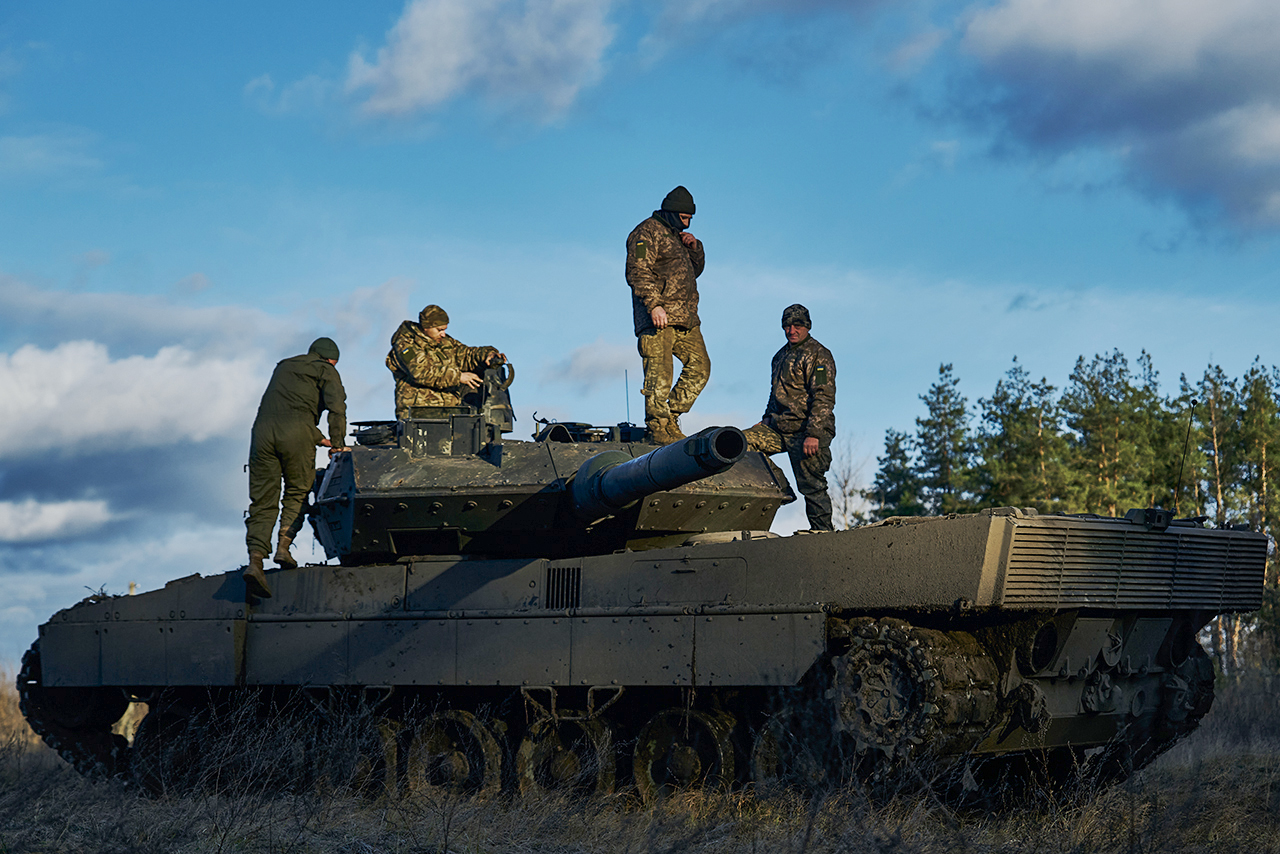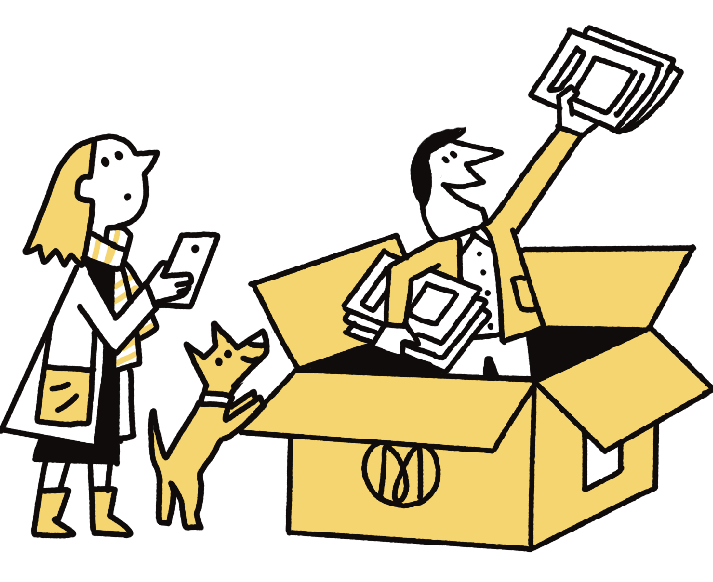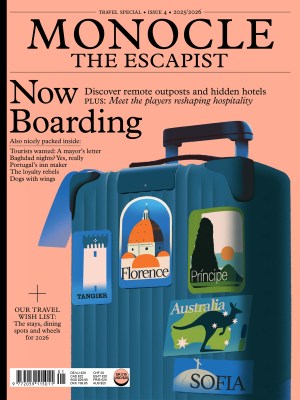The Netherlands is re-establishing its tank battalion as it gears up to face increasing world threats. Europe should take heed of its warning
In a major volte-face, the Netherlands has decided to re-tank its military a mere decade after selling its entire mechanised fleet to Finland. The move speaks volumes about Europe’s rapidly changing security landscape and the fact that armoured warfare is still dangerously relevant. Prior to Russia’s war in Ukraine, defence planning was largely focused on cyberspace threats.
The 2011 decision to scrap the tanks was naive. Though not surrounded by enemies, the Netherlands is an important part of Europe’s defence strategy. As a major Nato logistics hub, it will play a vital role in any future conflicts. Rotterdam and Vlissingen ports are key entry points for UK and US military equipment and the country hosts nuclear weapons.

The future tank battalion is expected to be equipped with German-made 50 Leopard 2A8s and reported to come with an annual cost of about €300m. The irony is hard to miss. Former prime minister Mark Rutte, soon to be Nato’s new secretary-general, championed the very budget cuts that sent the tanks to Helsinki in the first place. The new acquisitions have been warmly welcomed by the Dutch army. Nato forces such as Norway and Czechia have also placed orders, underscoring the critical importance of interoperability within the alliance.
The Dutch tank battalion’s integration into Germany’s forces exemplifies the two countries’ growing synergy following last year’s virtual merger of their land forces. While late to the party, the Netherlands’ latest move aligns with calls for a more robust common European defence policy and shows its commitment to the continent’s manufacturers. The Hague’s about-face, a reluctant yet vital pivot, sees Dutch tanks ready to defend not just tulip fields but the rest of Europe too.
Stefan de Vries is a journalist and Monocle contributor based in Amsterdam. For more opinion, analysis and insight, subscribe to Monocle today.



